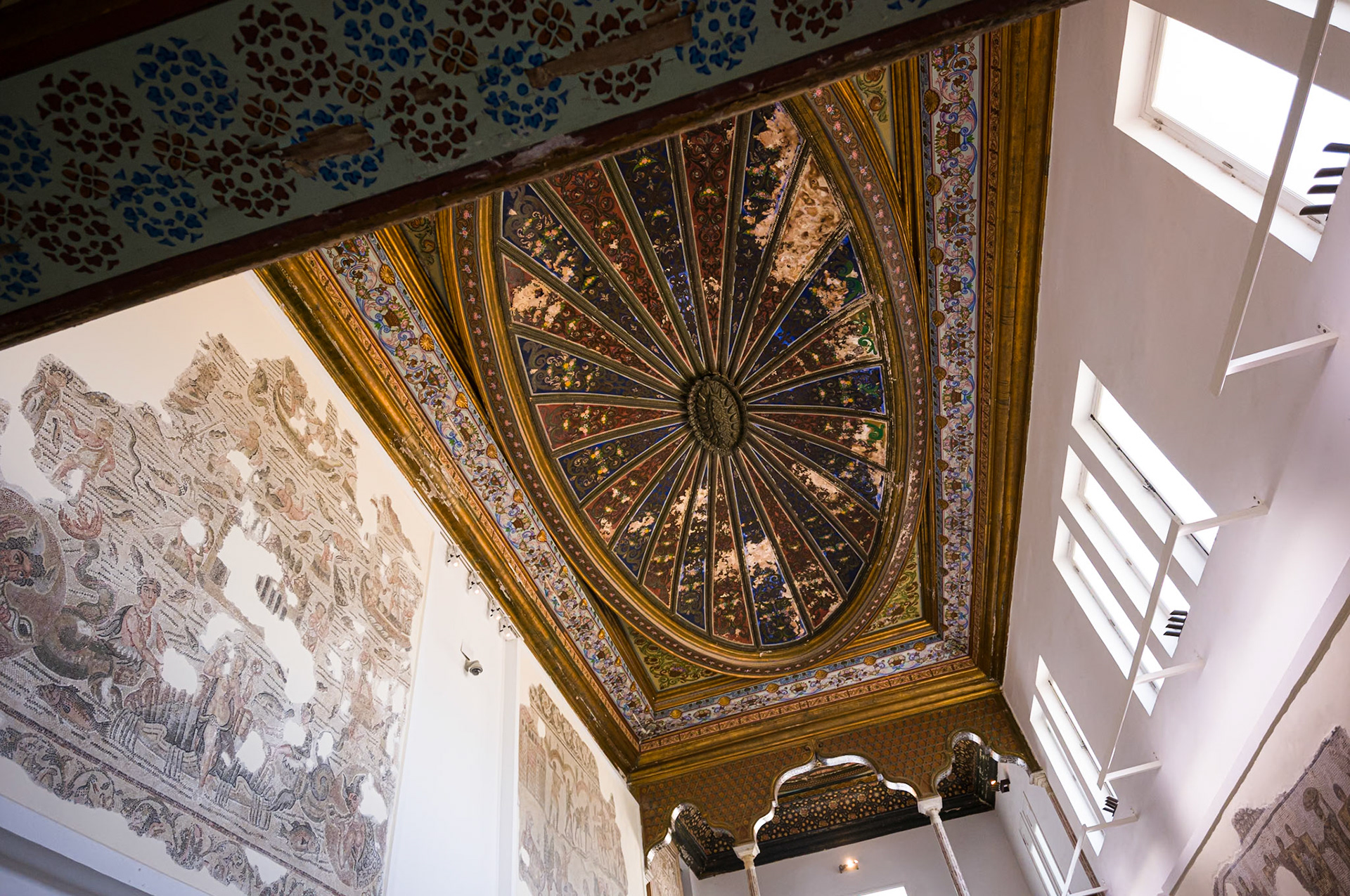







CARTHAGE
You might know the founding story of Rome, but are you familiar with the mythical origin of Carthage? Instead of involving fratricide, it centers on a female protagonist who turned the other cheek.
A refresher on the story of Rome: twin brothers Romulus and Remus were suckled by a she-wolf from infancy. This is represented by the Capitoline Wolf, a statue that can be found in many Latin-rooted towns. Romulus killed Remus, an act that many consider typical of the brutality of ancient times.
In contrast, Carthage’s founder was Queen Elissa. Around 815 BC, she fled her home city of Tyre in the Levant. Born a princess, her father, the King, had promised that she and her brother would co-rule Tyre after his death. But this promise shattered when her brother seized the throne and murdered Elissa’s husband.
Determined to carve her own path, the Queen and a group of her followers sailed to Northern Africa, near present-day Tunis. She approached the Berber king Iarbas, seeking a small piece of land for refuge. Mockingly, Iarbas said she could have as much land as a single oxhide could cover. Cunningly, Elissa replied by slicing the oxhide into thin strips and forming a vast circle, claiming a significant hill overlooking the sea.
Amused and impressed by her ingenuity, Iarbas granted her the land, which became the heart of Carthage: Byrsa Hill, a place you can still visit today. The name "Carthage" translates to "new city."
Because of the Greeks, we know this clever lady by another name: the famous Queen Dido, and the same as referenced in the Aeneid. “Dido" translates to "the wanderer".
Unlike the Romans, the Carthaginians, being Phoenicians, thrived at sea and built their empire on trade. They hired mercenaries for their armies, as most Carthaginians were not trained to fight.
The Romans eventually destroyed Carthage during the Punic Wars. Very little is left and what you see in photos is mainly Roman-built. This conflict between Carthage and Rome that began over Sicily and intensified, fueled by the belief that the Mediterranean could only accommodate one empire, resulted in the obliteration of a people. The Roman poet Virgil depicted Queen Dido as infatuated with Aeneas, the refugee prince of Troy and forefather of Romulus & Remus. When Aeneas departed Carthage for Italy, a heartbroken Dido set herself ablaze on Byrsa Hill. It's convenient that the founder of Carthage would subjugate herself to the ancestral founder of Rome.
“Ceterum censeo Carthaginem esse delendam.”
In English, this means, "Furthermore, I consider that Carthage must be destroyed."
Roman senator Cato the Elder punctuated every speech with this statement, underscoring his ambition to obliterate Rome's rival, Carthage.
It's an interesting contrast, in my opinion, of peoples, cultures, and founding myths.